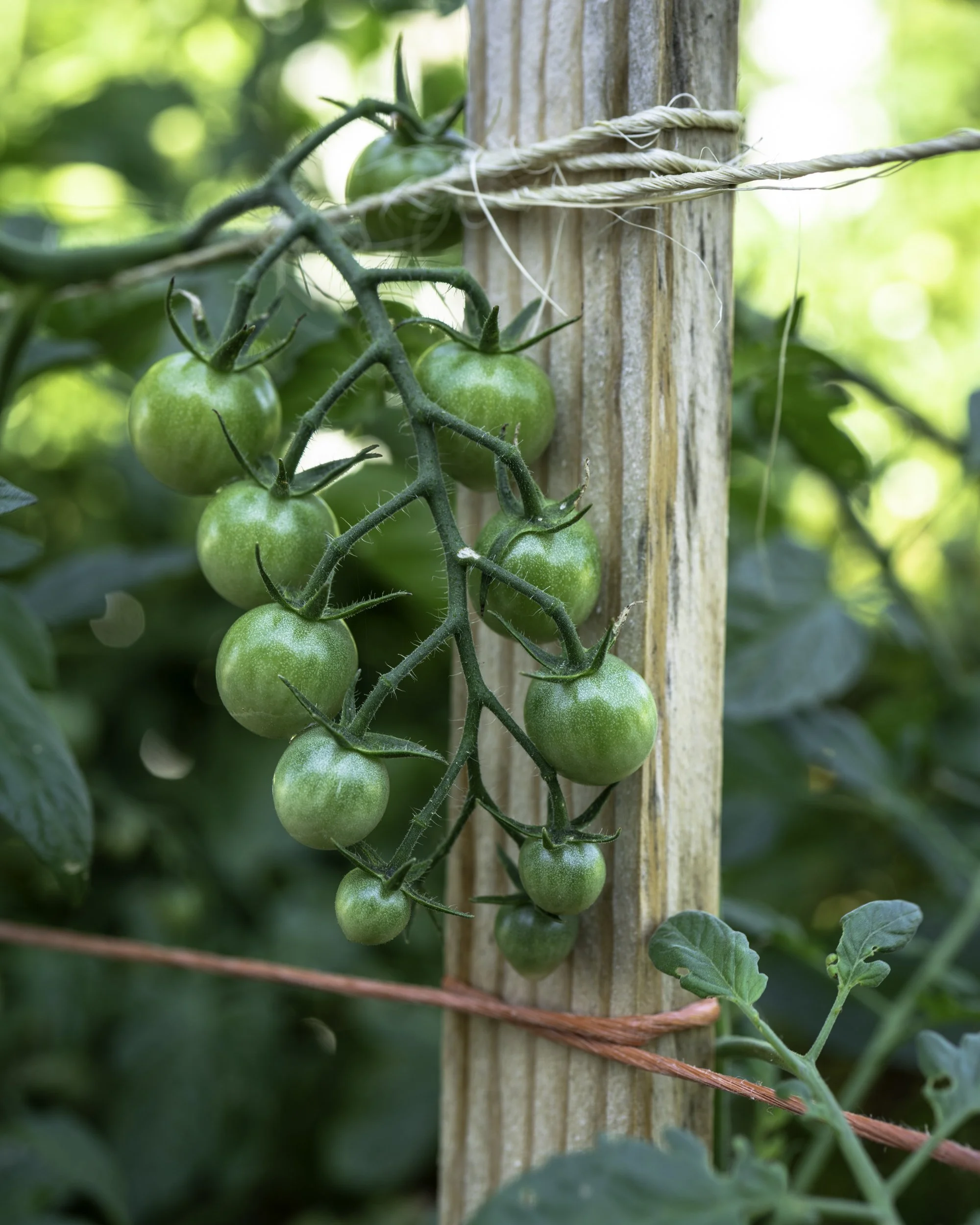
Take Action at Home
& in your Community
What can I do?
Just thinking about the climate crisis can feel overwhelming. Heatwaves, drought, wildfire, flood, food shortages – it all seems so huge and complicated. It's difficult to know what you can do that will really have an impact.
What we eat and how we get our food is the single biggest factor driving climate instability. Modern farming and clearing forests to plant crops is responsible for nearly a third of all carbon emissions,
While regenerating forests on a global scale is our best chance at saving ourselves, we also need more green spaces in our cities, more diverse and healthy farmland, and more people taking small but meaningful steps that have a big impact.
Here are 3 key ways you can be a climate hero in your community and day-to-day life.
1. Shop and eat regeneratively.
One of the most important ways you can make better choices – for your own health and ecosystem health – is to eat a broader diversity of regionally grown and seasonally available foods.
Purchasing power is power. Use it.
What does that mean? It means buying more food grown within 50 miles of where you live. It means eating fresh raspberries harvested in the spring instead of a tropical fruit salad that took a boat to get to you. It means enjoying fresh salads in the summer and savory soups and stews in the fall. Doesn't that sound good?
There's also a few things you can choose not to eat, foods that trigger obesity, malnutrition, and more deforestation such as industrially processed wheat, corn, and soy products. But once you start adding more nourishing and life-sustaining options, you won't miss the health-and-soil-wrecking junk.
Want more practical tips on eating like the planet matters?
2. Get your hands in the soil.
Once you start nourishing yourself with more in-season and locally grown food, you may want to take the next step and grow some yourself. Even a very small patch of ground in the city can be transformed into a colorful and productive space.
The beauty of agroforestry isn't just for large pieces of land. A home garden can also be a food forest.
Intrigued but not sure where to start?
Sueño de Vida offers a fully online Food Forest at Home course that breaks the art of permaculture gardening down for you into the most practical and actionable steps. With engaging explanations of how to do everything from make a space to keeping weeds in check to naturally saving seed, our course takes you through the entire growing season journey from early spring to late fall. Also loaded with planting guides, easy-to-follow tables, and short demonstration videos, this learning experience is designed to show you how to nurture your own green space with ease and joy.
3. Cultivate green spaces and healthy water cycles in your city, suburb or town
For the small slice of the Earth's surface covered by cities, they are big contributors to global warming trends. Concrete buildings, asphalt streets, and cement pavements amplify and reflect solar radiation – just think of how hot you feel standing on a paved surface on a summer day. Now step under a big tree. Feel the difference?
And it's not only the shade. Every tree, every plant also emits a very fine cooling water vapor. The vapor rises to form clouds that eventually bring the water back down in beneficial, regular rainfall. This is a healthy water cycle. Without healthy water cycles, there will be more heat waves, droughts, and wildfires.
Even if you don't have a yard, you can cultivate more needed green space in your city or town. Volunteer at a community garden center. Organize a local park or watershed clean-up. Become active in a neighborhood group or even municipal government if change at the policy level entices you. Advocate for "technologies" like grass covered parking lots and rooftop gardens. Campaign for the elimination or reduction of outdated and useless lawn ordinances.
Speaking of lawn ordinances, if you do have a yard but aren't inclined to garden, you can still make positive changes. Plant some native grasses, shrubs, and perennial flowers to encourage pollinators. Even a simple thing like putting down a layer of woodchips curbs rainwater run-off and provides shelter for beneficial insects to overwinter. If your nitpicking neighbors complain about your ecologically friendly lawn, consider applying for an official wildlife lawn certification.

At Sueño de Vida, we write and publish tons of educational content geared to help you live your best regenerative life.
If you've benefited from our free content, please consider making a contribution.
Want to make a bigger global impact? Learn more here.


